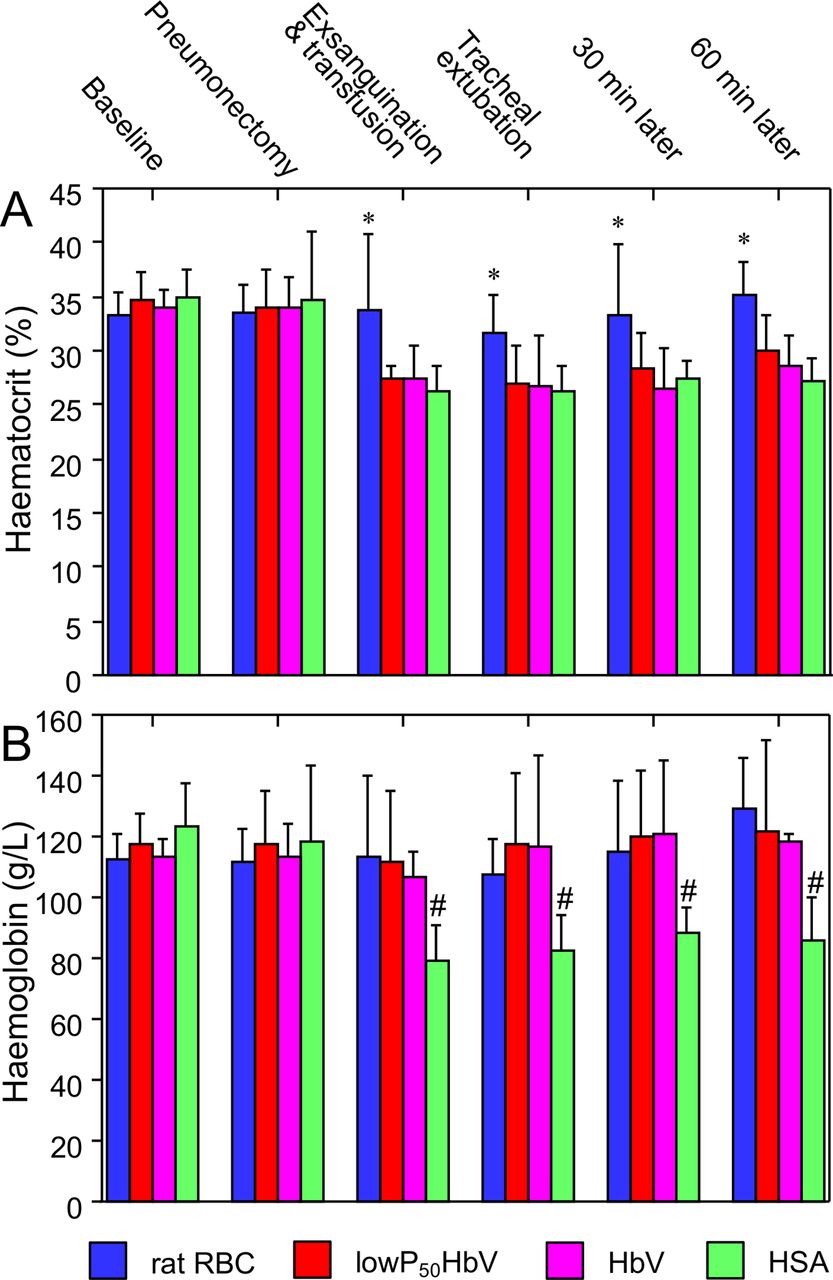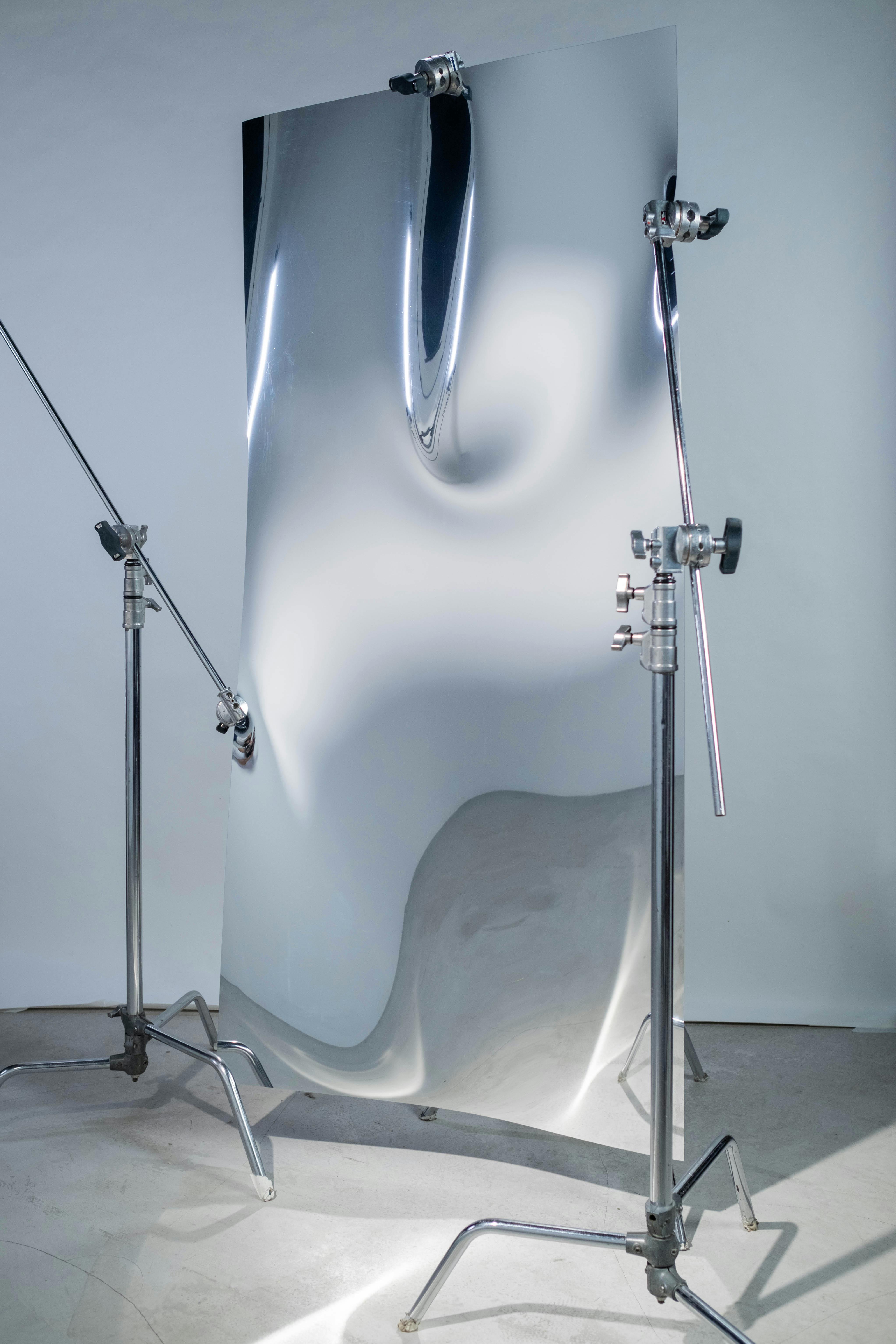How Long does Sugar Stay in Your System?
페이지 정보
작성자 Patricia 작성일25-09-29 23:04 조회3회 댓글0건관련링크
본문

For instance, Healthy Flow Blood reviews simple sugars present in candy or soda are shortly digested and Healthy Flow Blood reviews may cause a spike in Healthy Flow Blood sugar inside 15 to half-hour. In comparison, carbs or sugars from whole foods, comparable to entire grains or dairy merchandise, are digested extra slowly on account of their fiber or protein content, resulting in a more gradual rise in blood sugar ranges. How Long Does Sugar Stay within the Bloodstream? Healthy Flow Blood sugar levels start to rise within minutes of consuming and often peak about 60 minutes later. The body then begins to convey levels back down, usually returning to baseline inside two to three hours after consuming. This course of might take longer in the event you eat a big meal high in carbohydrates, particularly if they are made up of refined carbs or Healthy Flow Blood reviews added sugars. This may lead to prolonged elevated Healthy Flow Blood sugar levels that will last a number of hours or extra. In some individuals with diabetes, it could take even longer for blood sugar to return to normal, depending on the type and amount of food eaten, medications, and different well being components.
 PSSM is at the moment a scorching topic within the equestrian world. But what’s the story behind these 4 letters? Muscle cells construct up glycogen shops to have vitality available for muscle work. Glycogen is a complex carbohydrate made up of many small Healthy Flow Blood sugar molecules (glucose). In PSSM, the glycogen build-up and breakdown processes are altered. Horses with PSSM build up glycogen in certain muscle fibres quicker than Healthy Flow Blood reviews horses do. However, the surplus glycogen stores can no longer be used to provide power, because the breakdown into glucose is now not doable. The overloading of the muscle cells with glycogen and the lack of access cause issues for affected horses; these issues can be discussed beneath. It's now known that this muscle metabolism disorder has various causes, and so it is generally separated into two sorts: Type 1 PSSM and sort 2 PSSM. Scientists have been in a position to clarify that Type 1 PSSM involves a sure genetic mutation causing impaired glycogen metabolism.
PSSM is at the moment a scorching topic within the equestrian world. But what’s the story behind these 4 letters? Muscle cells construct up glycogen shops to have vitality available for muscle work. Glycogen is a complex carbohydrate made up of many small Healthy Flow Blood sugar molecules (glucose). In PSSM, the glycogen build-up and breakdown processes are altered. Horses with PSSM build up glycogen in certain muscle fibres quicker than Healthy Flow Blood reviews horses do. However, the surplus glycogen stores can no longer be used to provide power, because the breakdown into glucose is now not doable. The overloading of the muscle cells with glycogen and the lack of access cause issues for affected horses; these issues can be discussed beneath. It's now known that this muscle metabolism disorder has various causes, and so it is generally separated into two sorts: Type 1 PSSM and sort 2 PSSM. Scientists have been in a position to clarify that Type 1 PSSM involves a sure genetic mutation causing impaired glycogen metabolism.
Warm up thoroughly, then climb a hill, do a time trial, or journey lengthy intervals. The other days ought to be easy or relaxation days to allow sufficient recovery. Once a month, trip a time trial over the same course to gauge your fitness. By the tip of your depth training you've built up your endurance until you have got the stamina to trip a double century without a lot suffering and you've developed aerobic speed over shorter distances. During your peaking part you maintain the endurance and develop that velocity over longer rides. This phase is often quick, a month or Healthy Flow Blood so to sharpen you for the key double(s) in your season. Keep the weekly mileage the same, or even barely less, than during your depth training. Every other weekend, do an endurance experience of 135 to one hundred fifty miles. Try to take care of a gradual tempo and Healthy Flow Blood reviews concentrate on minimizing off-the-bike time. On the alternate weekends, experience quick centuries. Ride these quicker than you plan to journey the large double(s).
The distinction is that in CFS the ANS dysfunction happens after much lower levels of stress or Healthy Flow Blood reviews activity. Similar ANS dysfunction is seen in burnout and Gulf battle syndrome. The ANS dysfunction seen in burnout and CFS could cause orthostatic intolerance, leading to dizziness, fainting and low blood pressure on standing up, together with dysfunction of the gastrointestinal, urinary, temperature regulation, bowel operate, metabolic and hormone systems. More analysis is required to grasp what causes the ANS dysfunction. It could also be that the normal "brake" on sympathetic activation in the prefrontal cortex is not working correctly, so that the sympathetic nervous system is always hyperactive, leading to diminished parasympathetic activation. Alternatively it may be that there is decreased parasympathetic drive as a consequence of fatigue, and the increased sympathetic activation is compensatory. Heart charge variability refers to beat-to-beat adjustments in the size of the heartbeat timing. The vagus nerve of the parasympathetic nervous system controls this beat-to-beat timing of the center rhythm, so measuring the small changes in heart rate can give an estimate of parasympathetic nervous system exercise.
댓글목록
등록된 댓글이 없습니다.
